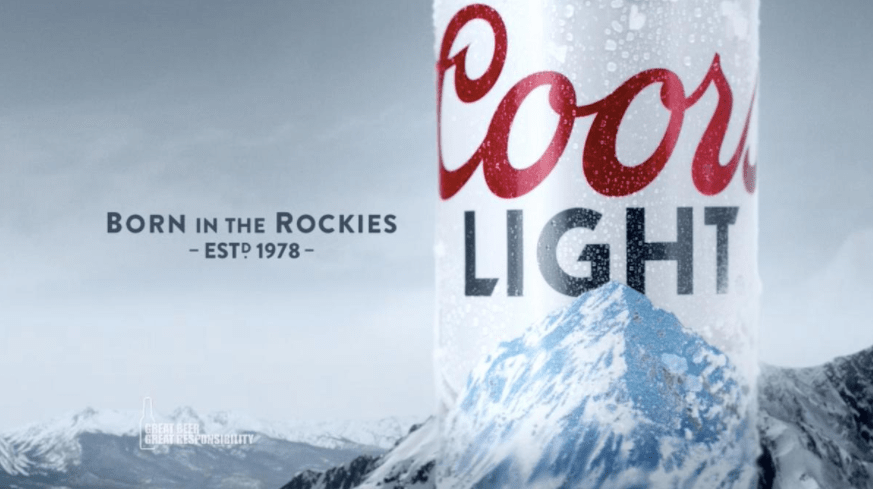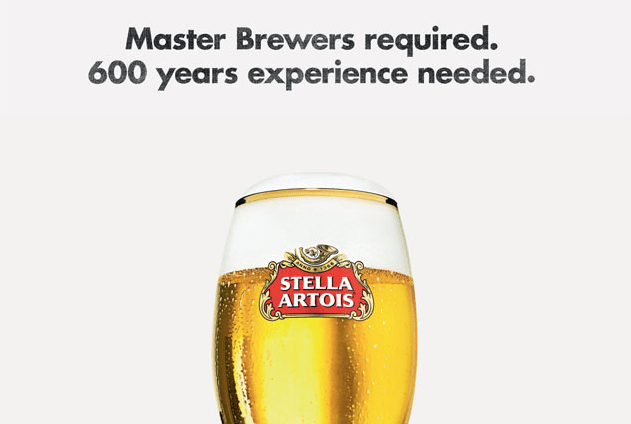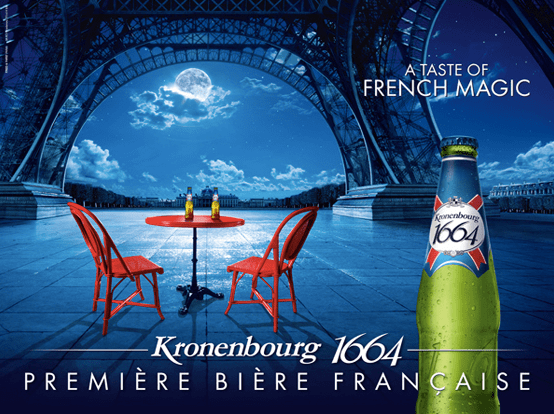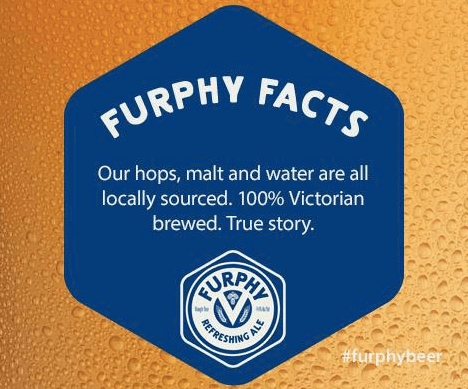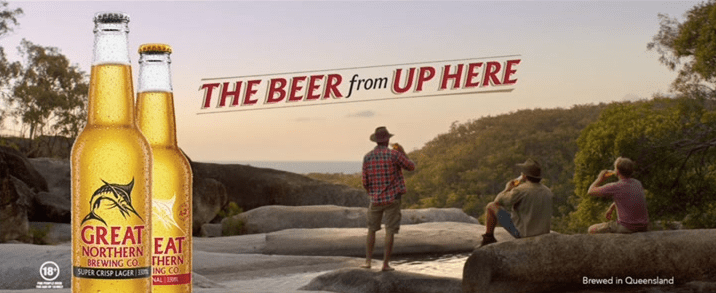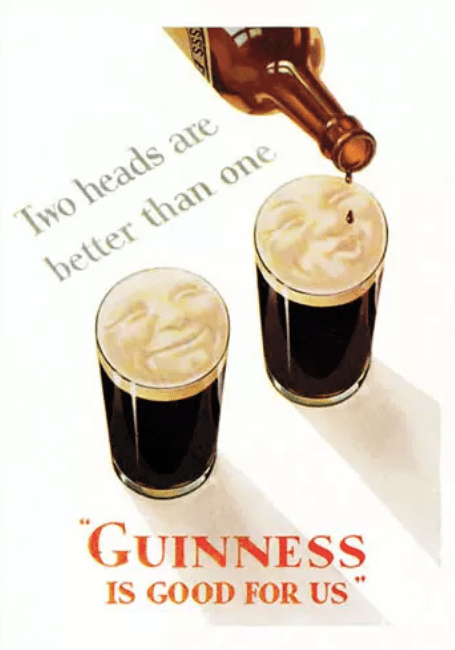Value Propositions: Beer
If you’re crafting Value Propositions, you’ll love my free Value Propositions eBook, full of tips for designing and testing compelling Value Propositions that will delight your customers.
We are bombarded by alcohol advertisements.
It’s a bizarre product in that it is globally ubiquitous, has been popular for centuries, and is generally made from the same basic ingredients.
It’s incredibly cheap to manufacture, and yet has quite a high retail price – I can buy 24 bottles for under $45, and yet can also pay $11 per bottle at a restaurant.
David Ogilvy famously said “It’s not the whiskey they choose, it’s the image” and it applies equally well for beer.
As someone who has been exposed to beer branding for a long time, but who has only recently started to enjoy the beverage, this has caught me by surprise.
The drinks I enjoy aren’t the brands I like, and vice versa.
In that way, the product and the value proposition are dissociated.
This might explain why many of us grew up drinking liquids that taste foul, but sent the right social signals.
Let’s take a closer look at the various value propositions used to position beer brands:
Image Credit: Dos Equis
Dos Equis
The first time I ever heard of Dos Equis was from their famous advertising campaign about “The most interesting man in the world”, which went down in meme history.
This was a clever use of humour - focusing on the character of the drinker, rather than anything about the beverage itself.
Yes it’s over the top, but the association gets baked in: Dos Equis = Charisma
Image Credit: Coors
Coors
Coors don’t claim to be the best, the cheapest, the oldest or the tastiest.
They’ve chosen to be the coldest.
This is evoked through their imagery, their association with the Colorado Rockies, and even their can – the image turns blue when chilled.
Temperature is an odd choice of boast, but when you want a cold beer on a hot day, Coors have positioned themselves as automatically being in your consideration.
Image Credit: Carlton Draught
Carlton Draught
Carlton Draught made one of the most iconic advertisements of the last 20 years with The Big Ad.
Recently their messaging has changed, and their gain creators are centred on freshness – “Brewery Fresh Beer”.
This must be for customers who are concerned about the age of imported beers, and conjures up the idea that a recently brewed beer must be somehow better.
Funnily enough, this is the exact opposite of wine – can you image Penfolds advertising “Vineyard Fresh Grange”?
Image Credit: Corona
Corona
Corona has typically been advertised with a small group of twentysomethings walking along a beach, and imagery of summer and relaxation.
The value proposition here is the link between idyllic events and the choice of beer, the idea being that Corona best matches this scenario.
This is done with the aim of a two-way connection: If Coronas are consumed in these stunning moments, then perhaps drinking Coronas will make my location seem more pleasant?
Image Credit: Stella Artois
Stella Artois & Kronenbourg 1664
Stella draws on its heritage to great effect, and has built a sense of sophistication and authenticity.
Kronenbourg even built it into their name, putting the legacy of the brand front and centre.
Image Credit: Kronenbourg 1664
Before you open a bottle, you understand the history behind the brand, which signals two things:
1. By standing the test of time, customers are confident of its quality.
2. It gives the sense of respectability – not something drunk by teenagers in a park.
These borrow strongly from the geography of both brands – their names are designed to be unmistakably European.
Image Credit: Pure Blonde
Pure Blonde
Pure Blonde have built their value proposition around the carbohydrate content of their beer – claiming to have 80% less than their rivals.
This taps into a pain point for their young, image conscious customers; that beer leads to beer guts.
As such, their value proposition is not just about the health outcome, but the guilt alleviation – drinkers can have a few beers without feeling like they cancelled out a gym session.
Recent Pure Blonde campaigns have focused on highlighting the “heaviness” of traditional beers, designed to make people think about the health implications of what they drink.
Image Credit: Furphy
Furphy
Furphy is a relatively new entrant, located predominantly in Melbourne at the time of writing.
The dark brown bottle, traditional Irish name and “Refreshing Ale” title are enticing, and it tastes great.
Their two main gain creators are their taste – genuinely nicer than most domestic beers, and the authenticity of the brand – no pretention or posturing.
It conjures up the image of being a local craft beer, but to my disappointment, is actually made by one of the giant conglomerates.
You’d think that if the beer tastes good, then the ownership shouldn’t matter, but strangely it deflates the story.
Image Credit: Fosters UK
Fosters
Like so many artists, Fosters are not popular in their home town.
Their marketing and value proposition centre on the novelty of being Australian, which Aussies wouldn’t be caught dead drinking.
I’m sure the same is true for many, many other brands – locals can see through the romance and focus on the underlying product, which often comes up short.
Image Credit: Great Northern Brewing Co.
Great Northern
Have a look at this advertising campaign for Great Northern.
This is a really clever approach, similar to Corona’s but with a more Australian feel.
They’ve done a great job of capturing the Far North Queensland imagery, a combination of sun, natural beauty, mateship and generosity.
This plays on the idea of beer being a social beverage – the kind of drink that makes for conversation and relaxed afternoons.
You’ve got no idea what it tastes like, but the philosophy is compelling.
Image Credit: Guinness
Guinness
You could argue that Guinness is the most iconic beer – the unmistakable black pint with the creamy white froth at the top.
Guinness use their history to their advantage – deliberately antiquated advertisements remind us that it is a classic.
They also knows that the product looks great,
While you might not enjoy the taste, you can see the appeal of it’s masculinity: it’s literally tall, dark and handsome.
When everyone is drinking a Guinness, do you want to be the bloke holding the Pure Blonde?
If you’re crafting Value Propositions, you’ll love my free Value Propositions eBook, full of tips for designing and testing compelling Value Propositions that will delight your customers.
For more of the Value Propositions Case Studies series;
Part One featuring Louis Vuitton, AFL, Uber and TOMS
Part Two featuring Nespresso, Heineken, and Shoes of Prey
Part Three featuring a variety of Men’s Watches and Chocolate brands
Part Four featuring the classic iPod ads, Whiskey, Hardware, Butter and Barossa Tourism
Being The Best explores how companies frame themselves as industry leaders
Being The Cheapest covers strategies for demonstrating value for money
Social Proof examines how brands make themselves look popular and trustworthy
Cologne looks at how intangible gains are conveyed through imagery and design
Bottled Water compares ten brands selling the same product in different ways





